Advertisement feature in collaboration with EDF Energy. As always, all thoughts and opinions are my own
You never really know everything about your home until you’ve lived in it through the winter, do you? No matter how cosy a house can seem in the autumn, or how light and airy it can appear in the spring, it’s the colder months that really put your home to the test. That’s when you discover that those cute leaded windows are actually rather draughty. And when you find yourself shivering when the winter sun goes down at 4pm, you know you’ve got to sort out that heating system. This is the first winter I’ve spent in my new home and I’ve certainly learnt a thing or two about it…
That’s when you discover that those cute leaded windows are actually rather draughty. And when you find yourself shivering when the winter sun goes down at 4pm, you know you’ve got to sort out that heating system. This is the first winter I’ve spent in my new home and I’ve certainly learnt a thing or two about it…
My home was built in 1950, so it’s not a draughty old building and is a rather sturdy construction. But the original fireplaces in the kitchen and living room have been blocked up long before we bought the house, and the heating system was rather ancient.
I’ve already blogged about changing the radiators over to much more substantial double radiators that have the correct BTU rating for the size of the room. But we made this change in the spring, and the first thing I noticed this winter is that running the hot water takes the warmth away from the radiators. And when the radiators are on, it takes longer for the hot water to ‘come through’ when you turn on the tap. Is this normal? 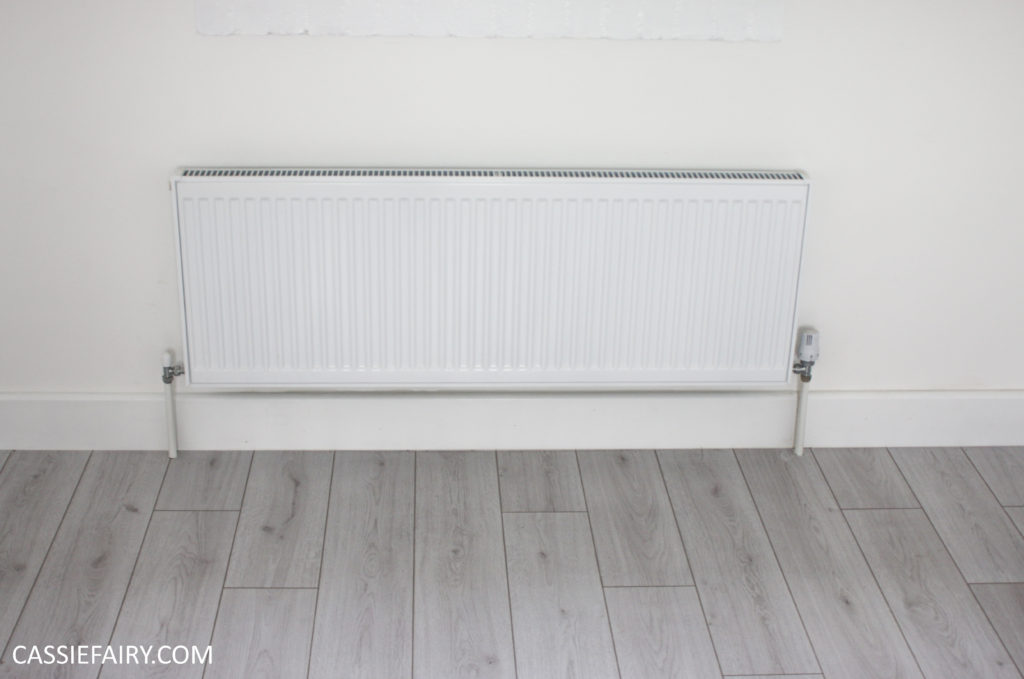 I’ve just been reading up about the ECO (Energy Company Obligation) scheme. It’s a government scheme that offers to subsidise any energy efficiency improvements you make to your house. The main idea is to add loft insulation, cavity wall insulation and replace old, inefficient gas boilers to help people stay warm, save energy and lower their energy bills. Interesting stuff.
I’ve just been reading up about the ECO (Energy Company Obligation) scheme. It’s a government scheme that offers to subsidise any energy efficiency improvements you make to your house. The main idea is to add loft insulation, cavity wall insulation and replace old, inefficient gas boilers to help people stay warm, save energy and lower their energy bills. Interesting stuff.
After a rather shivery December, I’m thinking that we would benefit from adding loft insulation. I think there’s already a layer of insulation up there, but it’s a rather thin material and could definitely do with bulking up. Adding extra insulation is one of the easiest ways to warm up a house and doesn’t require too much effort. So when we turn on our heating, the insulation will help to trap all the warmth inside, rather than letting it escape through the roof.
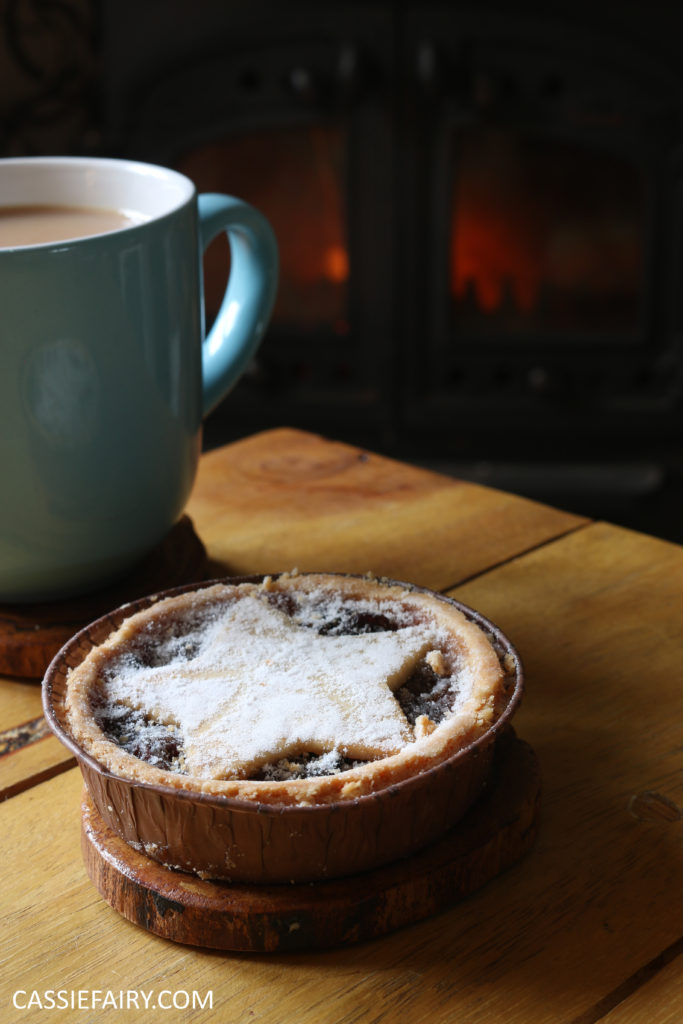
While I was researching the topic, with the intention of getting started on my insulation renovation in the new year, I also found out about the Warm Home Discount, which gives a rebate to people who receive pension credits. I thought it was important to share this information with you so that you can pass it on to someone who might benefit from the government scheme. It gives pensioners a £140 rebate towards their energy costs, so it’s worth looking into to find out if you’ll qualify for this payment.
Anyway, back to my renovation plans. This January we’re not only going to be doing work on the kitchen, we’re also going to try to add as much insulation as possible to warm up our home. It’s not that we’ve been cold this winter, but I’m sure we can make the house more efficient and much cosier.
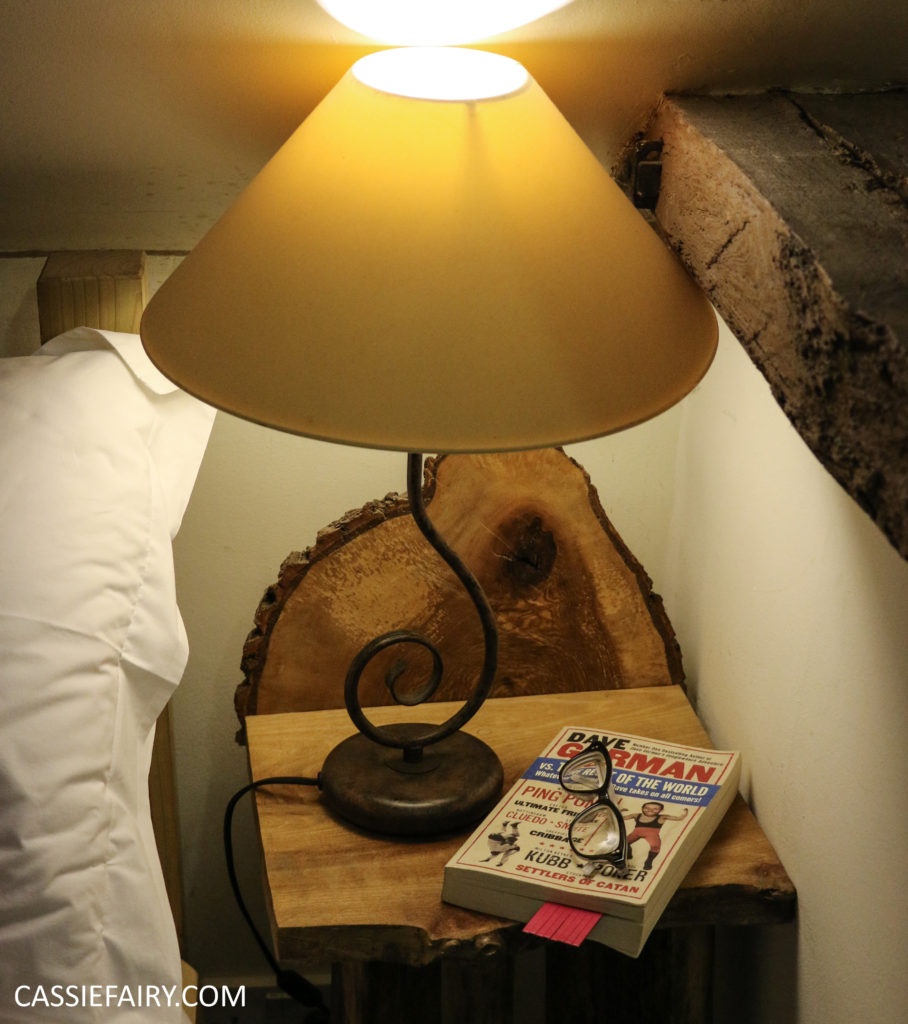 I’ve looked into cavity wall insulation and discovered that most homes that were built from 1920 onwards will have cavity walls. Seeing as mine is a 50s build, we’ve definitely got cavity walls, and all the signs are there that they’ve already been filled. But whether the insulation used was of a good quality remains to be seen. Once your cavities are filled with insulating material you should receive a Cavity Insulation Guarantee Agency (CIGA) guarantee. I’m not sure there was anything like this in the paperwork when we bought the house, so I’d like to investigate this further.
I’ve looked into cavity wall insulation and discovered that most homes that were built from 1920 onwards will have cavity walls. Seeing as mine is a 50s build, we’ve definitely got cavity walls, and all the signs are there that they’ve already been filled. But whether the insulation used was of a good quality remains to be seen. Once your cavities are filled with insulating material you should receive a Cavity Insulation Guarantee Agency (CIGA) guarantee. I’m not sure there was anything like this in the paperwork when we bought the house, so I’d like to investigate this further.
Here’s something I never realised. Even if you have solid walls you can still insulate them. Solid wall insulation is applied to the outside of the house, kind of like wrapping it in a blanket. This is ideal if the exterior of your home is looking a little shabby anyway, because it can transform the look of your home. Rigid insulation boards are applied to the outside walls and are covered with a weatherproof coating which can be rendered or even covered with brick-work. 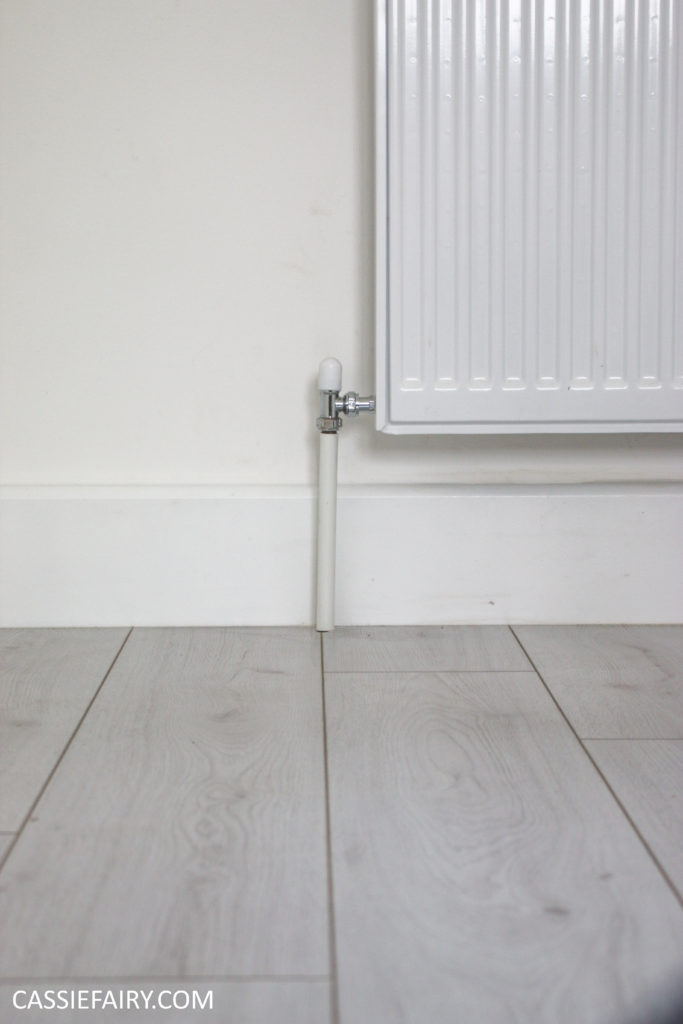 I think we might plan to renovate the exterior of our home at some point in the future. I’m talking about doing it in a couple of years’ time, as we’ve already got enough renovations to be cracking on with at the moment! But when we do decide it’s time to render the house, it makes sense to add that extra layer of insulation at the same time, doesn’t it?
I think we might plan to renovate the exterior of our home at some point in the future. I’m talking about doing it in a couple of years’ time, as we’ve already got enough renovations to be cracking on with at the moment! But when we do decide it’s time to render the house, it makes sense to add that extra layer of insulation at the same time, doesn’t it?
Luckily our homes isn’t listed and we’re not in a conservation area so it shouldn’t be a problem to update the exterior of the property. Of course, if your home is a protected property, insulation can be added on the inside instead – but always check with the planning department or listed buildings people before you do any work. I really like the fact that there wouldn’t be any disruption inside the house while the insulation is being added to the outside. It’ll certainly be a nice change to start a project that doesn’t cover the whole of my home with dust and debris! Having lived through our first Christmas in our new house, my husband and I agree that we’ve been cosy. Nonetheless, we’re sure that we could be even warmer – and cut-costs on our bills – if we find a low-cost way to insulate our home with an extra layer or two. Watch this space for more posts on this subject, I’ll be sure to share pics of our DIY projects when we get started.
Having lived through our first Christmas in our new house, my husband and I agree that we’ve been cosy. Nonetheless, we’re sure that we could be even warmer – and cut-costs on our bills – if we find a low-cost way to insulate our home with an extra layer or two. Watch this space for more posts on this subject, I’ll be sure to share pics of our DIY projects when we get started.
I’d love to learn more about home renovations, especially when it involves making my home even warmer and cosier, so please let me know if you’ve installed loft insulation, external insulation or had your cavity walls filled. How did you get on? Was the project difficult or is it something that hubby and I can DIY? Please leave me a comment below with your house-makeover stories and tips – all advice is gratefully received!
In association with EDF Energy.
This article is a sponsored collaboration. The pink links in the content indicate a sponsored link or information source. The blog post reflects my own experience and the sponsor hasn’t had any control over my content 🙂

















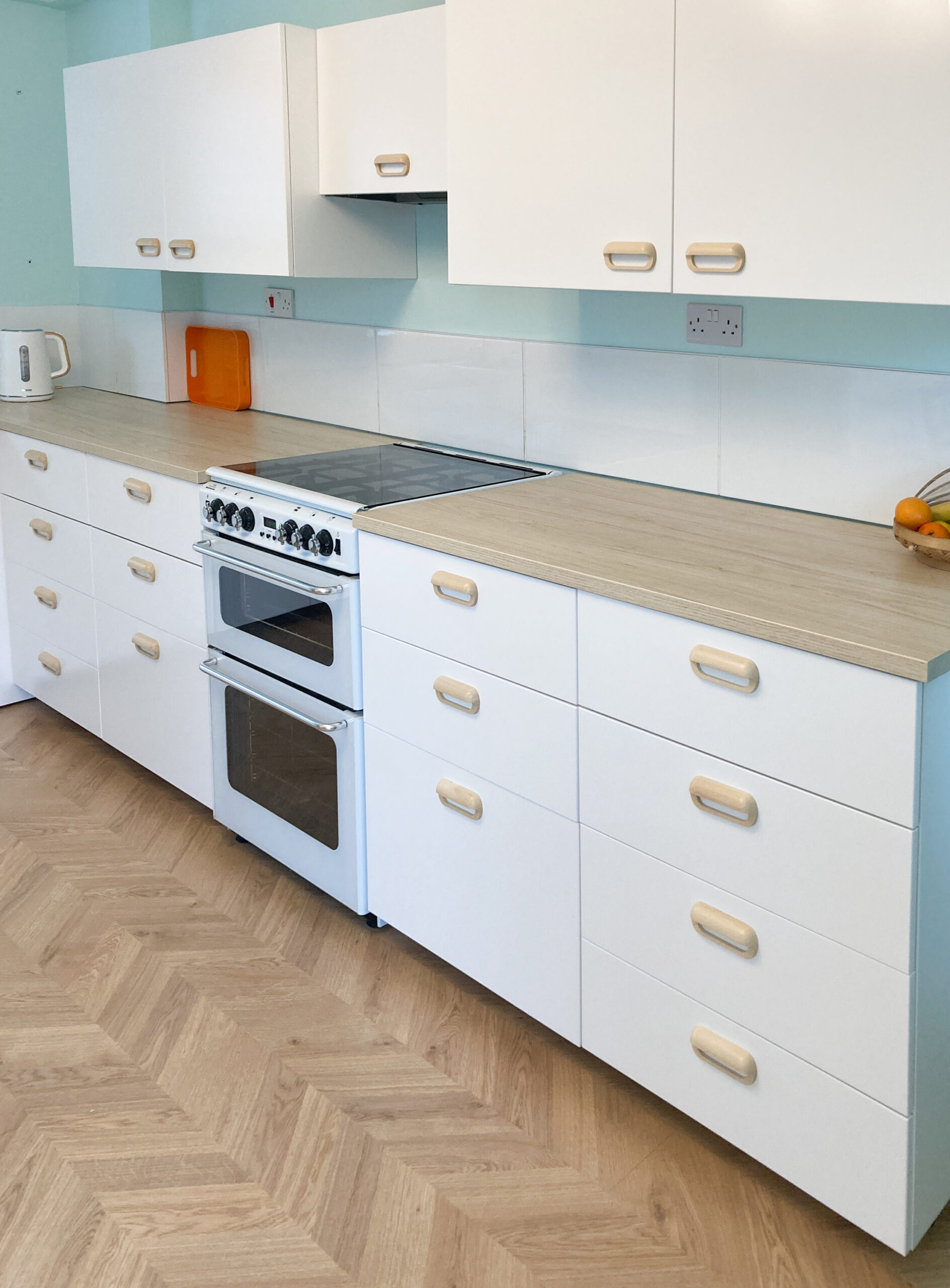
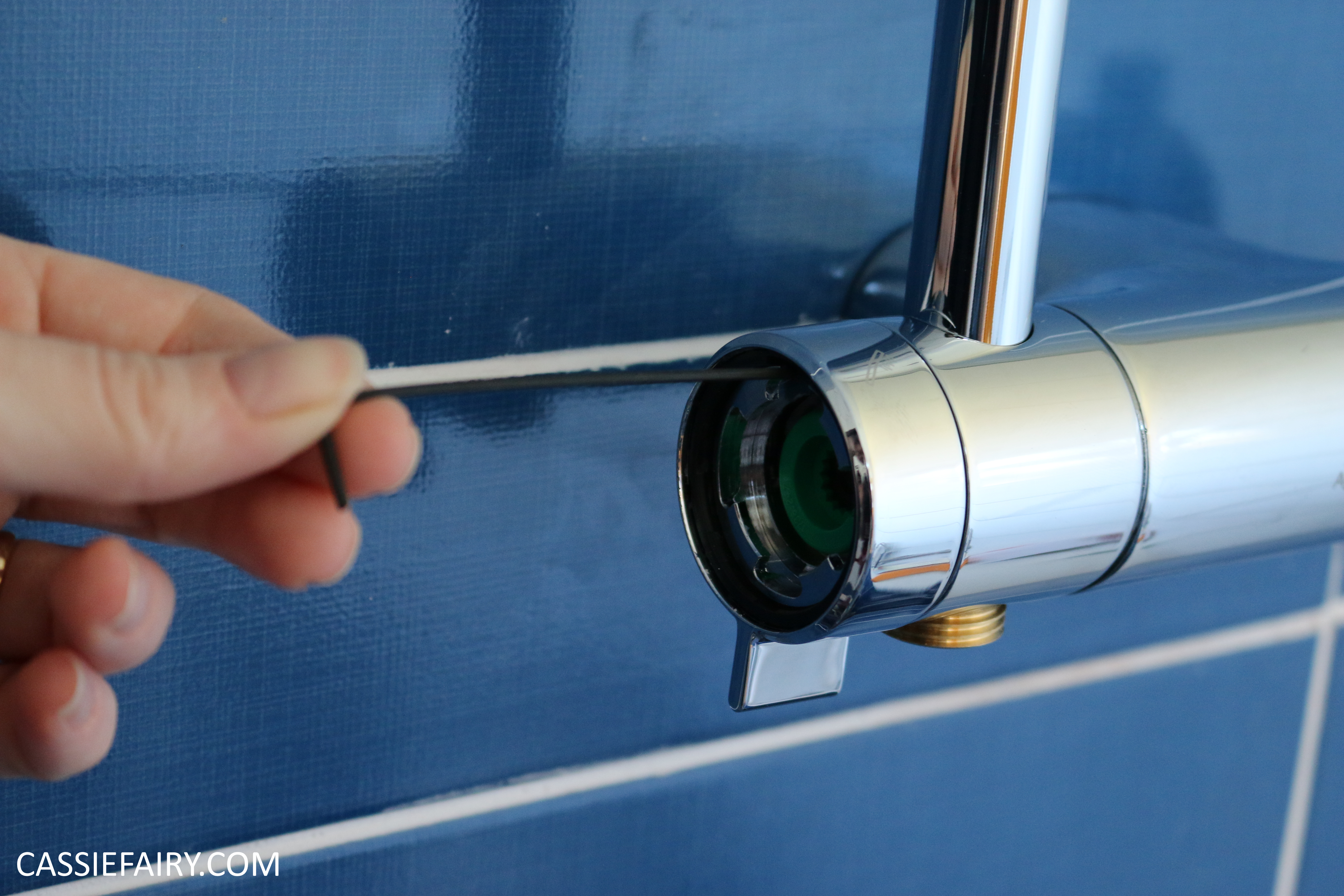
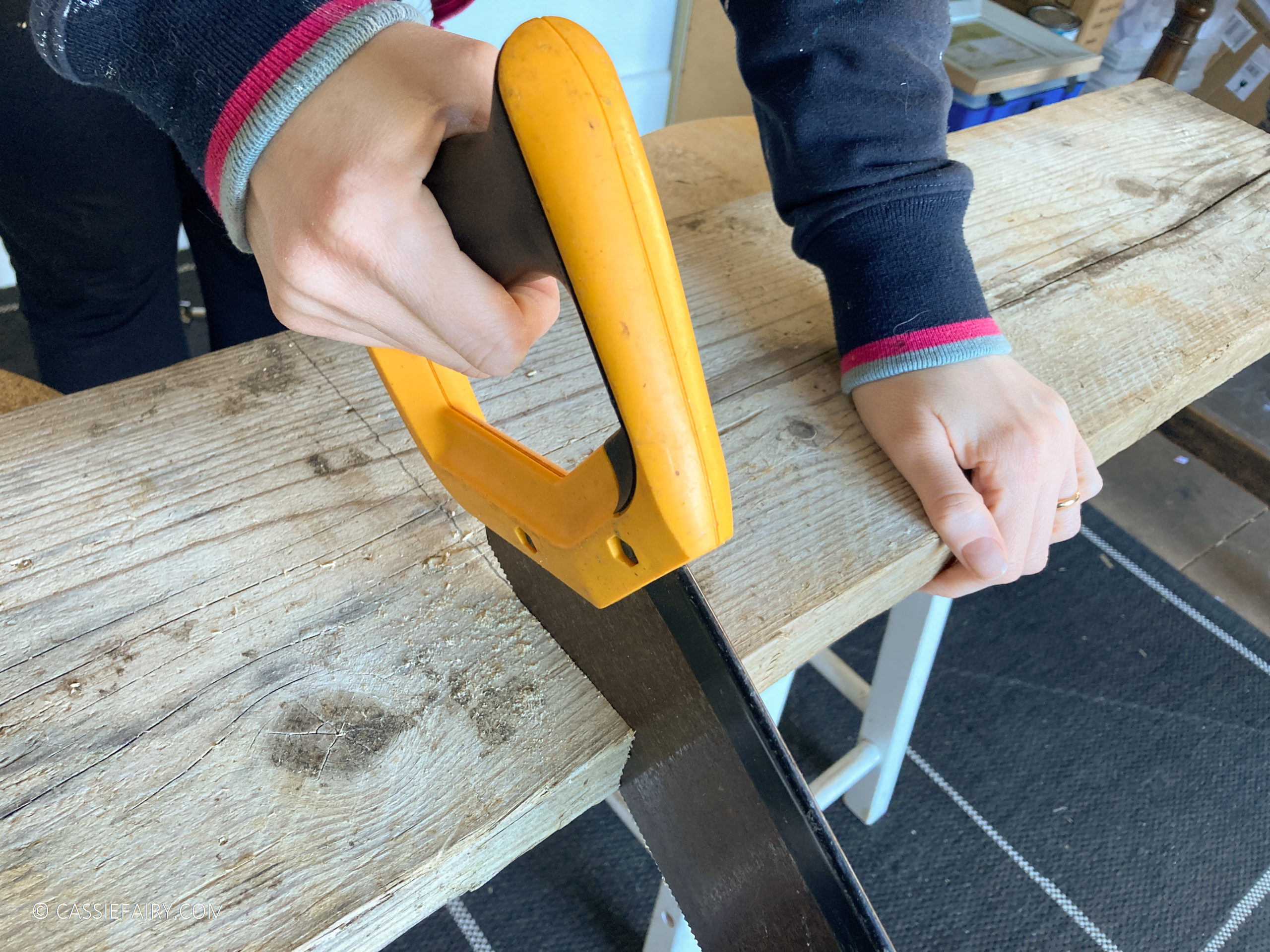


4 Responses
‘Reflecting’ the heat with tin foil behind the radiators is a great idea! And making a tiny curtain for the cat flap is very cute! Thanks Lucy 🙂
You’re so right Sarah, I love how cosy my home looks in the winter with lots of lamps and fairy lights 🙂
As well as insulation, the way you light your home can subtly affect how it feel heat-wise. Having a variation in the colours and intensity of lights around your house can create a more textured feeling within the home, as well as provide options when you feel you need to be in a place that’s lighter (for work), or have enough light when you’re using the fire for heat. Also it’s great that you mentioned the Warm Home Discount – there’s nothing more important than being warm when you’re older, as it can really affect quality of life!
Hi Cassie,
My tips for staying warm are: Put tin foil covered cardboard (shiny side facing radiator) behind all your radiators.
Windows you don’t need to open, (2 person job) double sided sellotape (Poundland do 3 rolls for £1) around the outside of frame. Get thin plastic sheeting (can use cling film on small windows but has a desire to stick to itself) a fraction bigger than window. Put plastic on to and bottom of one side, heat gently with hair dryer where you have secured and gently warm remaining plastic as it’s pulled taught and attached to rest of frame. Trim excess.
Put a piece of fleece or old sweater over top of frame of cat flap covering sides and 1/4″ below. This saves drafts around the flap and cats soon adapt to extra layer to their door.
Would def get your boiler checked don’t think radiators should make a difference to water.
Lucy